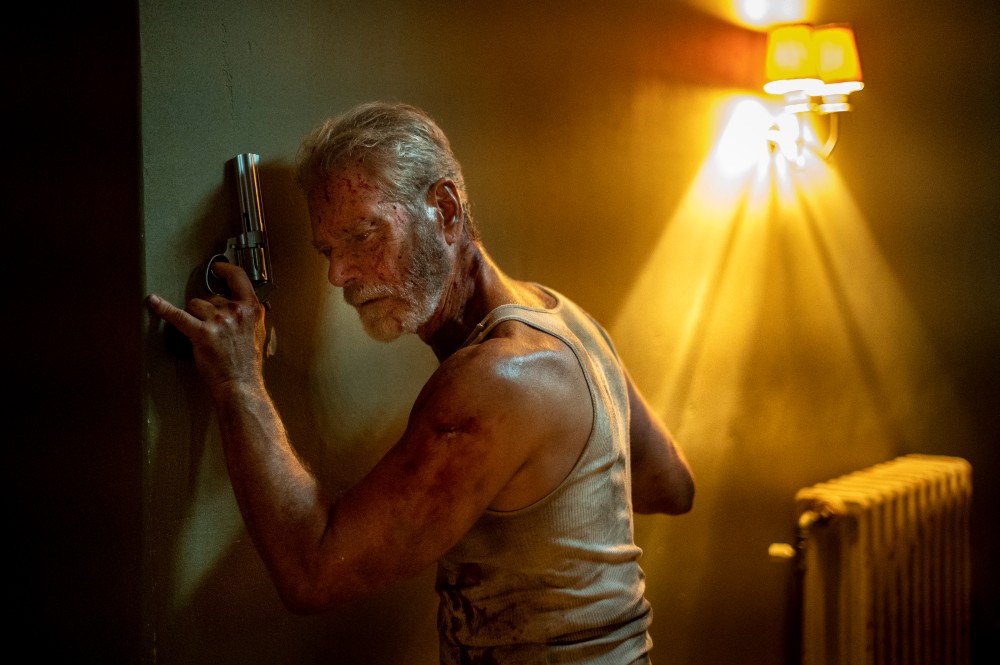
Cinematographer Pedro Luque got his start shooting commercials and then genre films in his native Uruguay with his 2010 film, The Silent House (La casa muda), receiving some acclaim on the festival circuit after premiering at Cannes. It was pretty significant for being a horror film done as a single take, which inspired an English remake starring Elizabeth Olsen a year later.
A lot of Luque’s work in Uruguay was with filmmakers Fede Alvarez and Rodo Sayagues, so when they went to make the horror-thriller Don’t Breathe, Alvarez’s follow-up to his 2013 Evil Dead remake, Luque was brought along to capture the intricate camerawork to tell the claustrophobic story of a home break-in gone horribly wrong.
Five years later, Luque was brought back to work with Sayagues as he directed the sequel, Don’t Breathe 2, which brings back Stephen Lang’s blind ex-Navy Seal, who must protect his home and young daughter Phoenix (Madelyn Grace) from a gang of criminals who have broken in for other nefarious reasons.
If you read my review of the movie, you’ll know that Luque’s camerawork and lighting is pivotal to creating the mood and tone for the sequel, making Don’t Breathe 2 a darker film, as well as one that’s far more violent.
Below the Line got on the phone with Mr. Luque last week to talk about his work on the movie. He also recently shot the next chapter in the Paranormal Activity franchise for Paramount, so he hasn’t been veering too far from his horror roots.
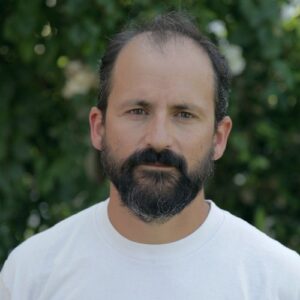
Below the Line: I was looking over your films, and it definitely seems that you have a niche for the horror/thriller genre. Is that something you like in general or is it just the way things have gone with your career from working with Fede and now Rodo?
Pedro Luque: It’s a funny story, because what happened is I always loved genre films, but I wasn’t a big fan of horror. At one point, we were in Uruguay, trying to do something with our lives. I remember we were with another director. I used to work with Fede and another guy, and we were watching these chocolates rotate on a turntable, because we were shooting this really crappy commercial, and we looked at the chocolates and went, “Man, what are we doing with our lives?” A friend of ours, a producer, just came back from London, and he was at some festival or some market or something, and he said like, “You know what I spoke with this guy over there, and he says that he doesn’t like them but if we get some horror film, maybe he could sell it.” And we said, “Okay, let’s make a horror film.” We had this idea while we were at film school about doing a movie in 10 shots with 10 cans of 16mm film, and that eventually evolved into a single-shot horror film that was called The Silent House. That was our first horror film, and in the end, the movie did well, and it went to Cannes and sold a remake here in the States, and it kind of stuck.
And then Fede got Evil Dead, and Fede was a big fan of Sam Raimi before, and he’s a cinephile. He knows a lot about films. I think in the end, we all do, but he was more like a fan of the genre, and he got Evil Dead. I didn’t work on that movie — I just shot the credits for it. But then, he did Don’t Breathe, and that was our breaking in, let’s say. I mean, Fede did Evil Dead, and it did great, and it’s a great movie. But for me, Don’t Breathe, the first one, was the moment.
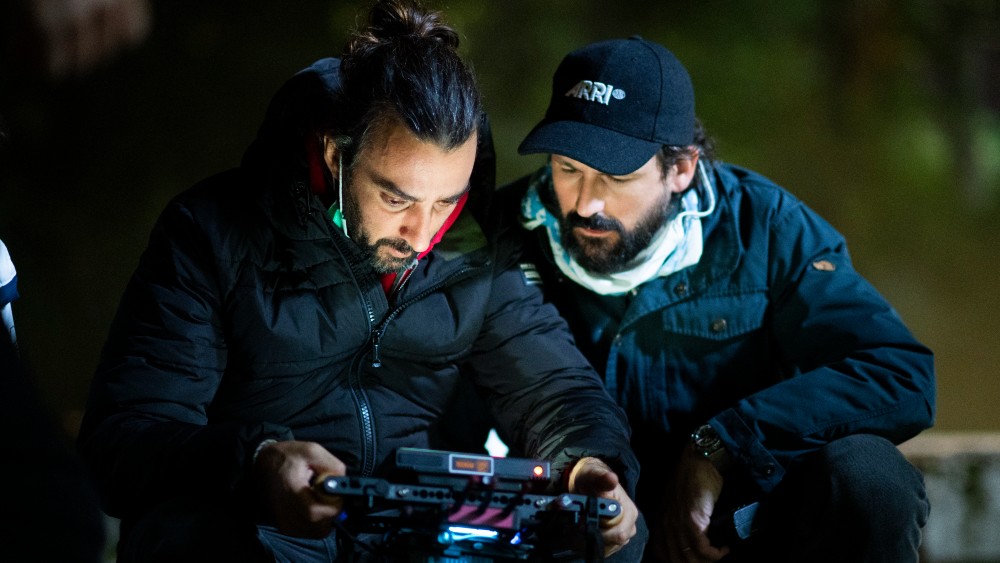
BTL: There’s a couple of big changes for this sequel, the first one being Rodo directing, but also you moved from Budapest to Serbia. What was that transition like? I’m sure you wanted to recreate the magic from the first movie but also give Rodo a chance to do his own style of directing?
Luque: Rodo wanted me to shoot this movie, because we’re friends, and because I shot the first one, and also, he needed someone to help him develop his vision for this movie, because he wasn’t that experienced. He’s a great guy, and he really understood the directing part of directing. He did such a wonderful job and got a good team together, and most of the time, he would say, “Okay, I never did this before. Let’s see how it goes.” And he would listen a lot to the crew, and he’d eventually come up with a decision, because rightfully so, he is the one that knows better this world. That was kind of the idea about Rodo directing. Fede and Sam Raimi, they both said, “This is the guy that knows this world better. You will make the right decisions for this movie.”
So we moved to Serbia, because I think that’s a studio move — I think it was cheaper. I already had experience in Serbia. I shot a movie called Extinction over there, and it was good. It’s different than the US how they work, in the sense that it’s a European system, so all the things that they do are going to be different. In a way, it gave us the advantage of being able to shoot 47 days. For a novel director, and a story that’s somewhat complex. One of the keys of Don’t Breathe 1 was that it was so well-crafted by Fede, in the sense that you understood exactly what was going on in a kind of clockwork fashion, and Rodo did the same, because we had these 47 days, and we could do it very thoroughly. We ended up building the house on a street. We built the sidewalks, we built two burnt houses, and then we had like three stages with the full interior of the house. Also, we had the basement. I mean, it was kind of crazy.
BTL: I assume this was shot digitally so did you have gear you bring in yourself or stuff you can get there?
Luque: I rented cameras from there. We basically used an Alexa Mini, and the difference between this one and the previous one is that in this one, we went anamorphic. So we ended up using Hawk V-Lites. Basically, I wanted to have more of an organic look than the previous one, but keeping the tropes, keeping the feeling, keeping the sense of that same world. It was kind of 2.0, right? The anamorphic gave me a more organic look, more expressive optics. Also, one of the things is that I pushed the Alexa a lot. Usually, I was working in 1280 and 1600 ISO and the movie is a little noisy — it has a bit of grain. I love that grain the Alexa gives you when you push it a little. But in the sense, the color palette was kind of the same or similar. The world was a little bit richer this time, was a little more expansive. We had a few more sets compared to the first one.
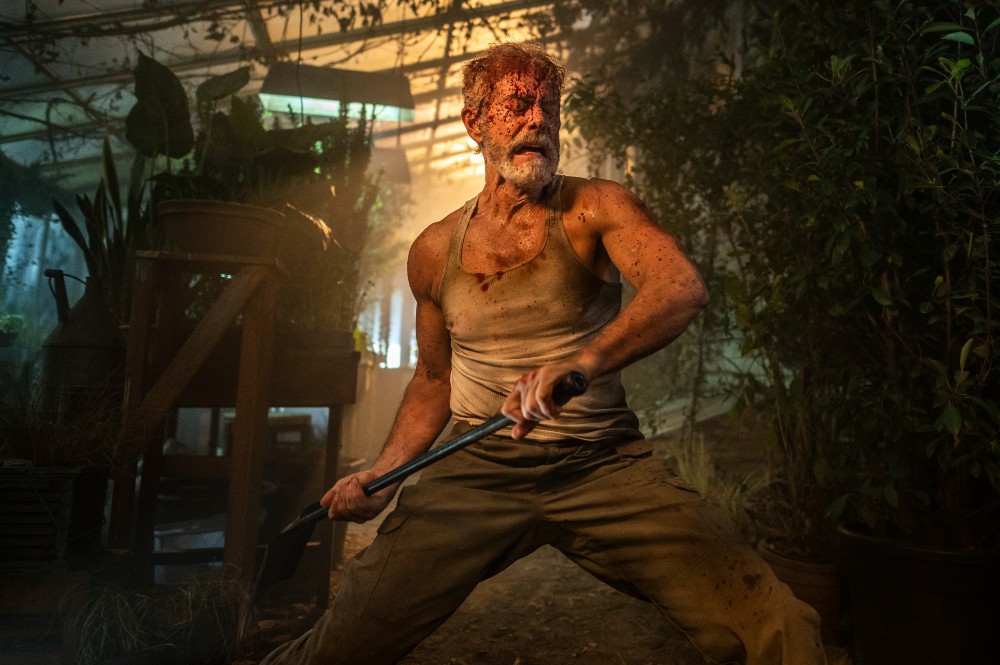
BTL: The first movie seemed incredibly claustrophobic, and this one seems more open, but there’s also more violence in the action, because Stephen Lang is fighting other military men, not just a bunch of kids crashing his house. Did you try to use more handheld stuff or were you still using a dolly or Stedicam?
Luque: It was decided by the story itself, and one thing we wanted to convey was making this world being a little bigger than what it was, because also, the story’s a little bigger. [We] also [wanted to] cement that somewhat apocalyptic world that Fede and Rodo created for the first one, this sense of doom, that it’s almost a dystopian world. We had the chance of showing it better. For the camera moves and stuff like that, we went very classic, in a way. It’s like there’s a lot of dollies and some Technocranes. There’s a lot of Steadicam. We had a wonderful Spaniard Steadicam operator that worked with Terry Gilliam, and the production designer [David Warren] also worked with Terry Gilliam. I think he went a little more expansive with the house — it was a little bigger. I wanted to have more room for the camera and make it smaller with the lenses. In the end, there’s a point in the expression of the movie that you want to see the characters a bit lost in their worlds, right? Because it’s a tough story.
BTL: I wanted to talk about that scene where Phoenix (Madelyn Grace) is hiding in the house as the home invaders come in looking for her. I didn’t realize before talking to you that you shot the Uruguay version of Silent House, so you’ve done that done-in-one thing before. How did you work with the actors and everyone else to get that impeccable shot?
Luque: It’s always complicated, right? And also, yeah, I made The Silent House, but everyone has done single-shot movies. We have 1917, you have Birdman, you have the Russian Ark. In a sense, there’s a bit of a wink to the previous movie, which had [an establishing shot] of the house, which is a long shot. The idea was, “Okay, let’s establish this space very clearly.” Even though, as an audience, you don’t make it conscious, you don’t realize what’s going on exactly, you understand the space or at least that’s what I felt. In the end, it’s about emotions, and it was tough for the actors, because the shot is cut in several pieces anyway. The idea wasn’t to show how technically great we are, but to make a seamless time-passing shot where you see in real time what’s going on. You kind of see that there’s no way out, in a way, and the funny part is that she’s escaped from this apparently enclosed narrative sequence of the shot. But in the end, [it] was a combination… there’s a bit of Trinity, there’s a little bit of camera on cables, there’s a bit of Steadicam, there’s a little dolly. We broke it in pieces, and we went piece by piece, day by day, baby steps. For the actors, it’s tough, because they need to keep that same level up, but these are wonderful professionals. They can do that and much more.
BTL: You’ve done a bit of American television in recent years. What’s that experience been like. Did you find it very different from working with Fede who you’d worked with for so long?
Luque: Yeah, I made Penny Dreadful: City of Angels, and I did the pilot for Swamp Thing. It is different, but it was great, because I got to work with Len Wiseman, and we defined the world for Swamp Thing. It was fun. They had to design a big stage with a swamp inside. On the other one, Penny Dreadful, it was more like I want to have a job that keeps me in my city where my family is, and it was a great show. John Logan, who was the showrunner, was a great showrunner, and they had a lot of fun. I mean, it was different, but still, we had 14 days per episode. It was long. It was different, but I got to work with the best crew in Los Angeles, and I got to get in my own car every morning and drive to the stage, and for me, that was kind of a dream come true.
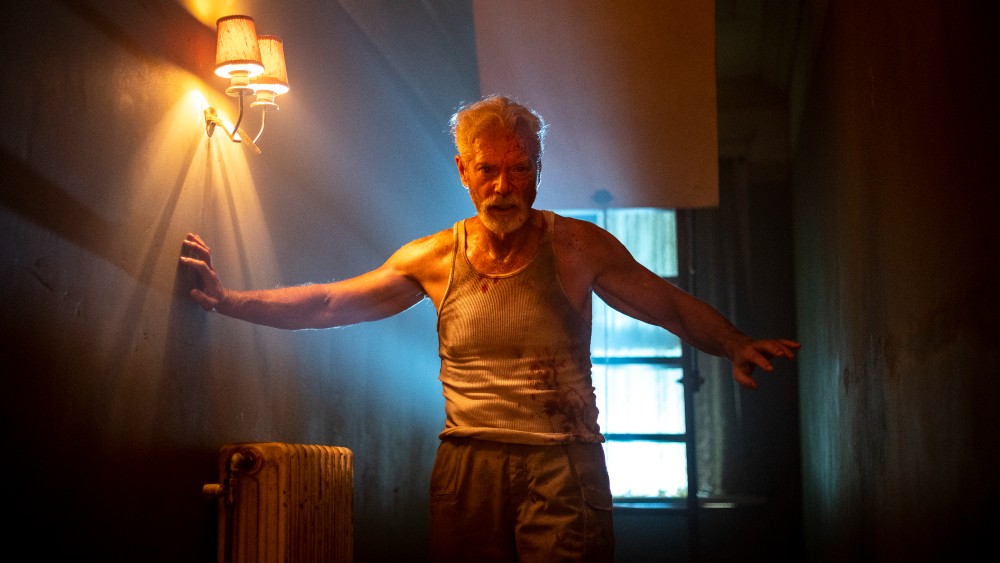
BTL: You shot Don’t Breathe 2 during a pandemic, and also the next Paranormal Activity, so how is it shooting during a pandemic? Obviously, there’s a lot of testing and face masks and shield.
Luque: We all know what’s involved, right? We all know the testing and the masks and the distance and the tracking and the 15-meter rule. It is more difficult, and it’s really a pain in the ass. I like the human factor of a movie set, and how that crew, that group of people — it’s almost like how the circus interacts together. Obviously, [you lose] this personalized experience a little, because you don’t see people’s faces, which is the fundamental thing about human interaction. Obviously, there’s a lot of protocols that you need to get by with, but at the same time, I think the crews are so professional, I can’t imagine a better place to enact all these protocols than a movie set, because we are almost like soldiers, and also, being freelance makes it so difficult that you don’t want to lose a job. So you do things as right as you can. In any way, I can’t wait for it to end, this pandemic thing. When we shot Don’t Breathe in Serbia last summer or autumn, and it was fine. When we shot Paranormal, it was winter in Buffalo, and those masks in winter, they freeze. You end up having a piece of ice in front of your mouth. And add that to the fact that I wear glasses, it’s really tough. But you go through, and it’s fine, and we’re making movies anyway.
BTL: The movie looks amazing, and I’m not sure if I would ever have known it was made during a global pandemic. Whatever you did, it translated well to the big screen.
Luque: Thank you so much.
Don’t Breathe 2 is now playing nationwide in theaters.
You can read our previous interview with Director Rodo Sayagues and Co-Writer/Co-Producer Fede Alvarez here. Look for our interview with part of the movie’s sound team soon.
All photos courtesy of Sony/Screen Gems.





